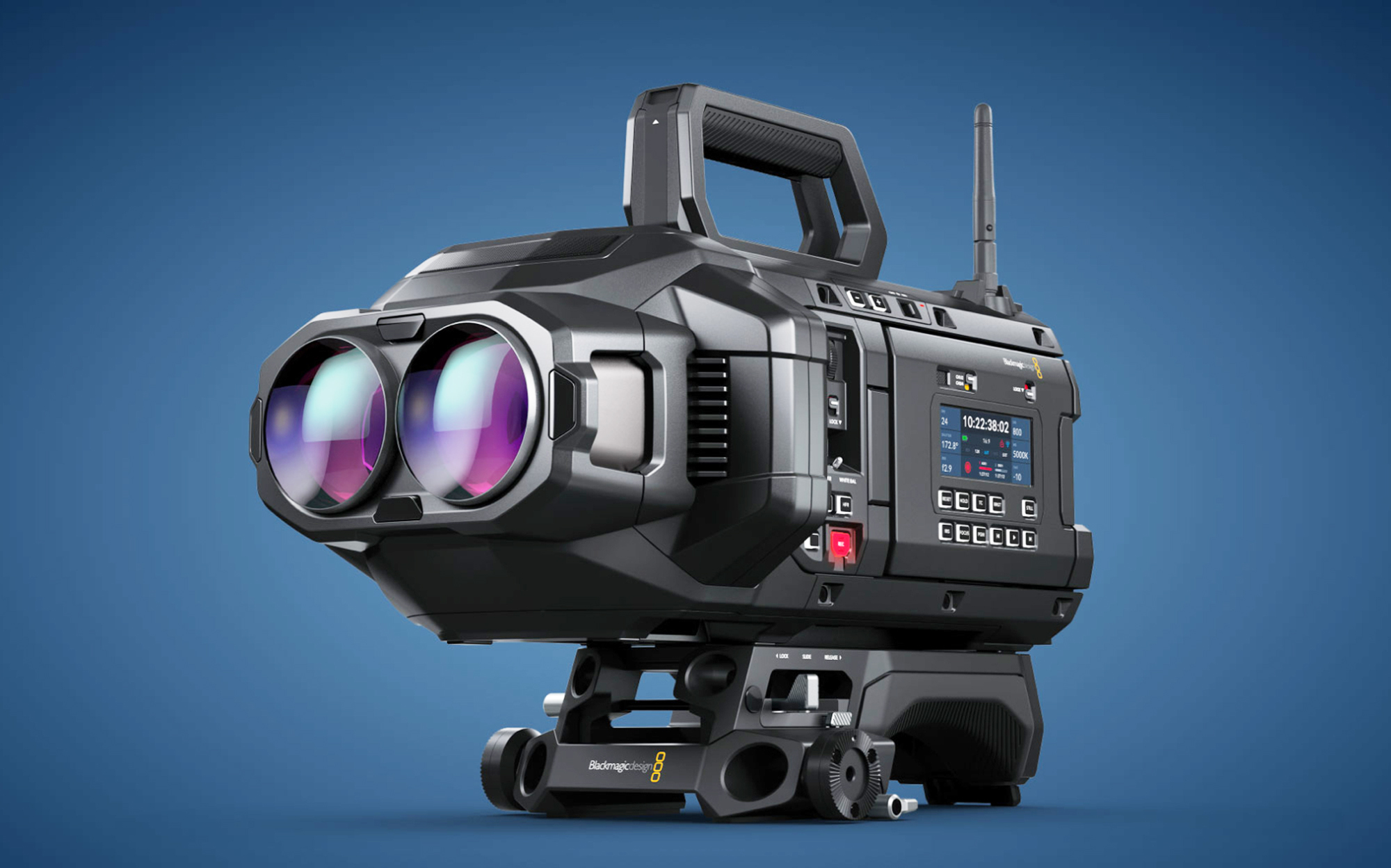WHAT IS IMMERSIVE VR180?
WHAT IS IMMERSIVE – VR180?
What is VR180, also known as Immersive Media in recent times?
In today’s article, I will explain how video content and the film industry will evolve over the next 5–10 years, how the VR180 video format called Immersive was born, and how it became an essential format for Apple Vision Pro. I will also cover the necessary equipment for producing Immersive content and the applications where you can watch these videos.
Our story begins in 2012 when Palmer Luckey and his friends created the virtual reality headset called Oculus. I won’t go into the detailed history of virtual reality, but shortly after VR headsets entered our lives, we encountered 360-degree videos, also known as VR videos.
As the name suggests, 360-degree videos allow viewers to see their surroundings in a panoramic view, from left to right and top to bottom, at a full 360-degree perspective. However, today’s topic is not 360-degree videos, but rather 180-degree videos, which cover half of that field of view.
Let’s first discuss why there was a need for a 180-degree format when 360-degree videos were already possible. The main goal of VR videos was to provide a panoramic perspective to viewers using VR headsets, making them feel as if they were inside the video. However, it was soon realized that stereoscopic filming, which creates a sense of depth and 3D effect, was difficult to achieve in 360-degree videos due to parallax errors and production challenges. This led video producers to seek an alternative format.
At this point, Google engineers introduced a new VR video format in 2018 called VR180. Similar to 360-degree videos, this format offered a panoramic perspective but was limited to 180 degrees. This meant that viewers using a VR headset could see their surroundings from left to right and top to bottom within a 180-degree perspective.
Now, you might ask why there was a need for 180-degree videos when a 360-degree viewing angle was already available. Let me briefly explain some key advantages of VR180 over VR360:
1. Higher Image Quality Even if a 360-degree video is produced in 8K resolution, the panoramic spread of the video often results in lower perceived resolution for VR headset users. This means the image quality struggles to reach the desired clarity, which can be unsatisfactory for viewers. Since 180-degree videos distribute the image over half the area of a 360-degree video, they inherently offer better image quality. As you can imagine, resolution plays a crucial role in enhancing the sense of realism in VR headsets, and VR180 successfully addresses this issue.
2. Easier Stereoscopic 3D Creation Producing stereoscopic 3D visuals is much easier in VR180 compared to 360-degree stereoscopic videos, where overlapping parallax images are more challenging to correct.
3. Simpler Production Process Creating VR180 content is significantly easier than producing 360-degree videos. In VR180 shoots, the camera operator can stand behind the camera, whereas in 360-degree videos, they must hide or remove themselves from the panoramic frame unless they are part of the scene.
With Google’s support, the newly introduced VR180 format started gaining attention. The development of new compact cameras in a short period excited many VR video creators, including myself.
Around that time, an interesting development took place. On Meta’s Oculus platform, which had recently been acquired, an application called NextVR emerged. Some of you might remember it—NextVR was a startup that produced VR video content for various sports, particularly the NBA. With the emergence of the VR180 video format, they found an excellent way to deliver the excitement of sports in 3D to viewers.
To be honest, NextVR was my favorite and most exciting application at the time. After watching their content, I became convinced that the future of digital broadcasting would be built on VR180 content. I even stopped producing 360-degree videos and fully focused on VR180 production.
So, what happened to NextVR?
While we were eagerly waiting for new content, Apple announced in 2020 that it had acquired NextVR for $100 million. Yes, you heard it right—Apple, which had not invested in VR technology at all up to that point, suddenly appeared, acquired NextVR, and then completely shut it down! Interesting, isn’t it?
What actually happened was that Apple, like us, realized that VR180 was the future of media. They were likely planning to develop VR headsets at that time, and they knew that hardware alone wouldn’t be enough—they also needed engaging content to attract users. By acquiring NextVR, Apple not only took it away from Meta but also secured a valuable content resource for the future.
As a result, today, Apple has developed and released the Vision Pro headset. If you’re wondering what type of content is most watched on Vision Pro, the answer is Apple’s own Apple Immersive content.
Since the launch of Vision Pro, Apple has produced and continues to produce numerous VR180 Immersive videos. In addition to sports and art content, Apple has taken significant steps in the film industry, introducing a new perspective with the Immersive experience called Submerged. Currently, Vision Pro features dozens of original Immersive content pieces.
I can hear you saying, “But I don’t have an Apple Vision Pro; how can I watch these videos?” Unfortunately, there is no way to watch Apple’s original Immersive productions outside of Vision Pro at the moment. However, you can still explore the world of VR180 using different VR headsets. For example, with Meta Quest headsets, you can access thousands of VR180 videos through applications like Meta TV, YouTube VR, or DeoVR. If you’d like to watch my content, be sure to check out my channels on these platforms.
Now, let’s talk about whether producing VR180 content is truly challenging.
VR180 cameras differ from traditional cameras in that they capture stereoscopic 3D images using two separate lenses in a side-by-side format. Some modern cameras feature a single dual-lens system that provides a 180-degree field of view and stereoscopic 3D capability using fisheye lenses.
In the past, we could only produce VR180 content in 4K or 6K resolution, but advancements in camera technology now allow us to create content in 8K and beyond. In fact, a professional-grade camera with 16K resolution will soon be released for filmmakers and content creators.
This 16K camera, announced with a price tag of $30,000, will likely make the editing workflow more complex due to its high resolution. However, content produced with this camera is expected to find its place on premium headsets like Apple Vision Pro.
Today, I explained how VR180, also known as Immersive media, was born and how it is evolving with the advancement of VR headsets.
Many people today say that YouTube is the new television. However, with a more futuristic perspective, I believe the future of visual media will be in Immersive content.
I hope you enjoyed this article. I highly recommend watching my channel’s content with a VR headset.
See you soon, take care!
Burak Him – VR180 Creator
[Immerpsive.com]

